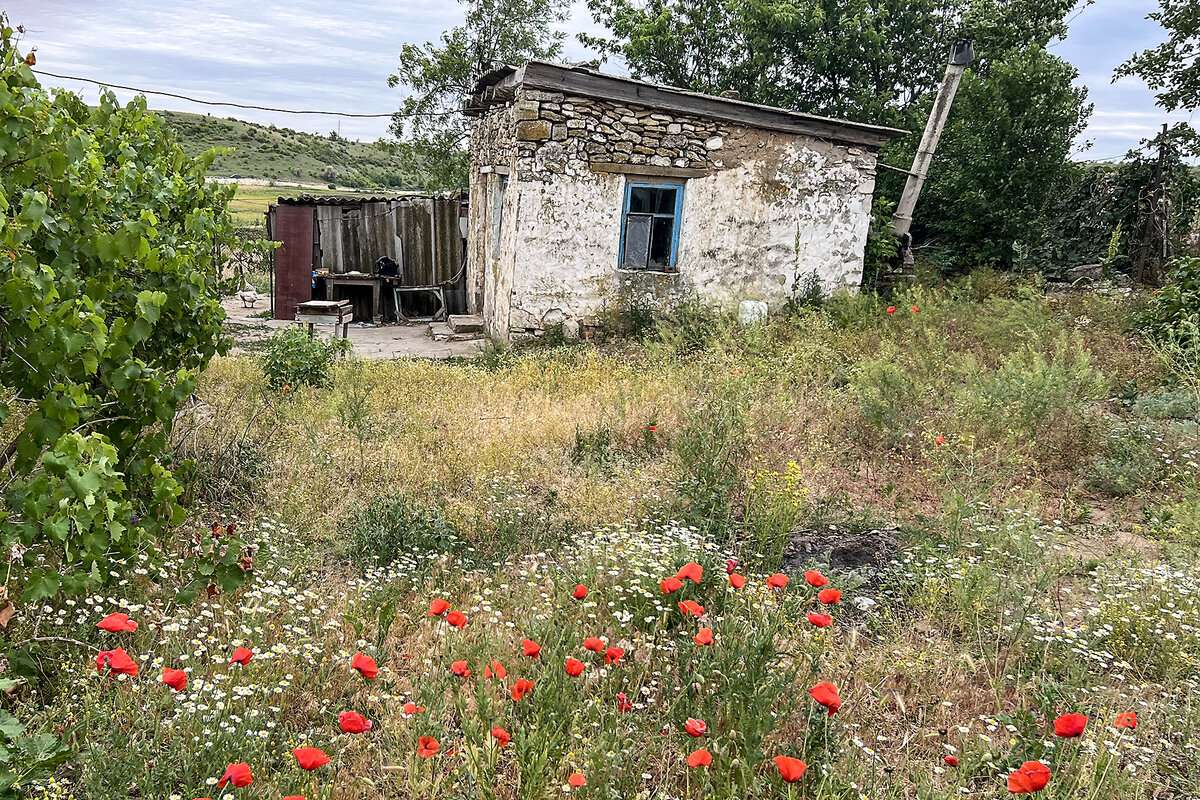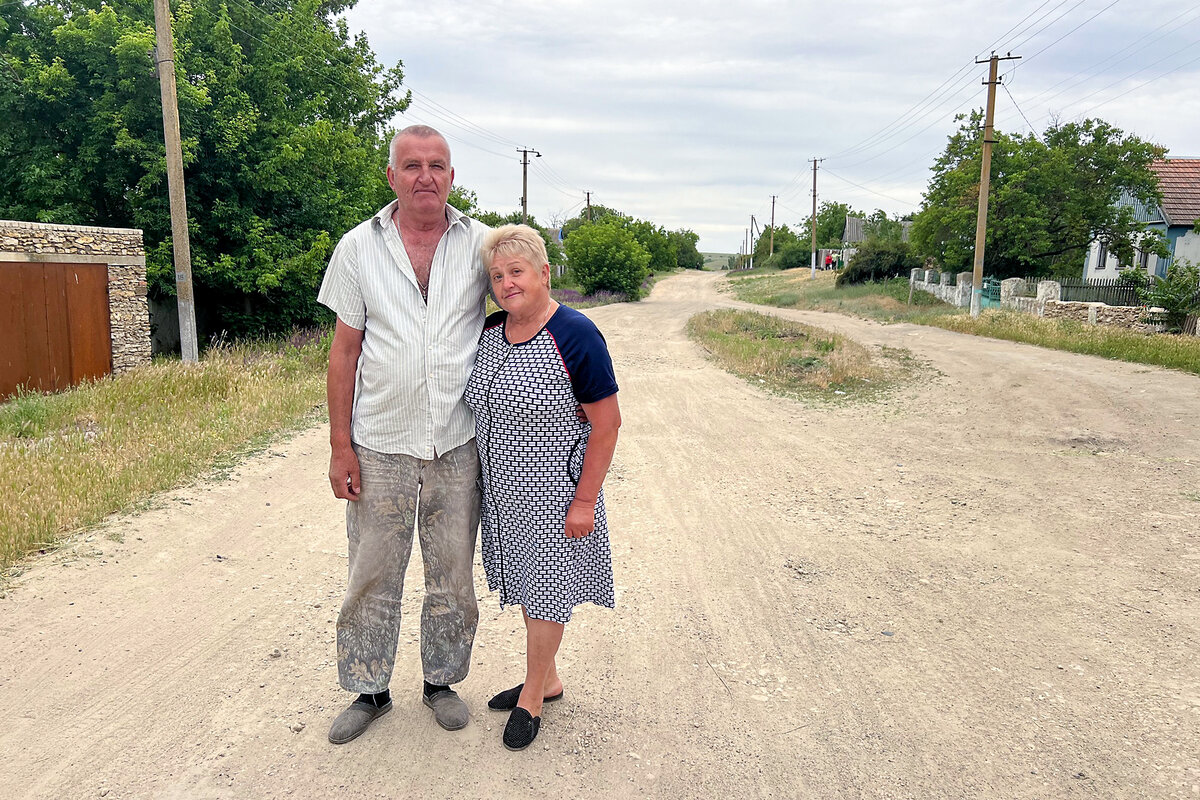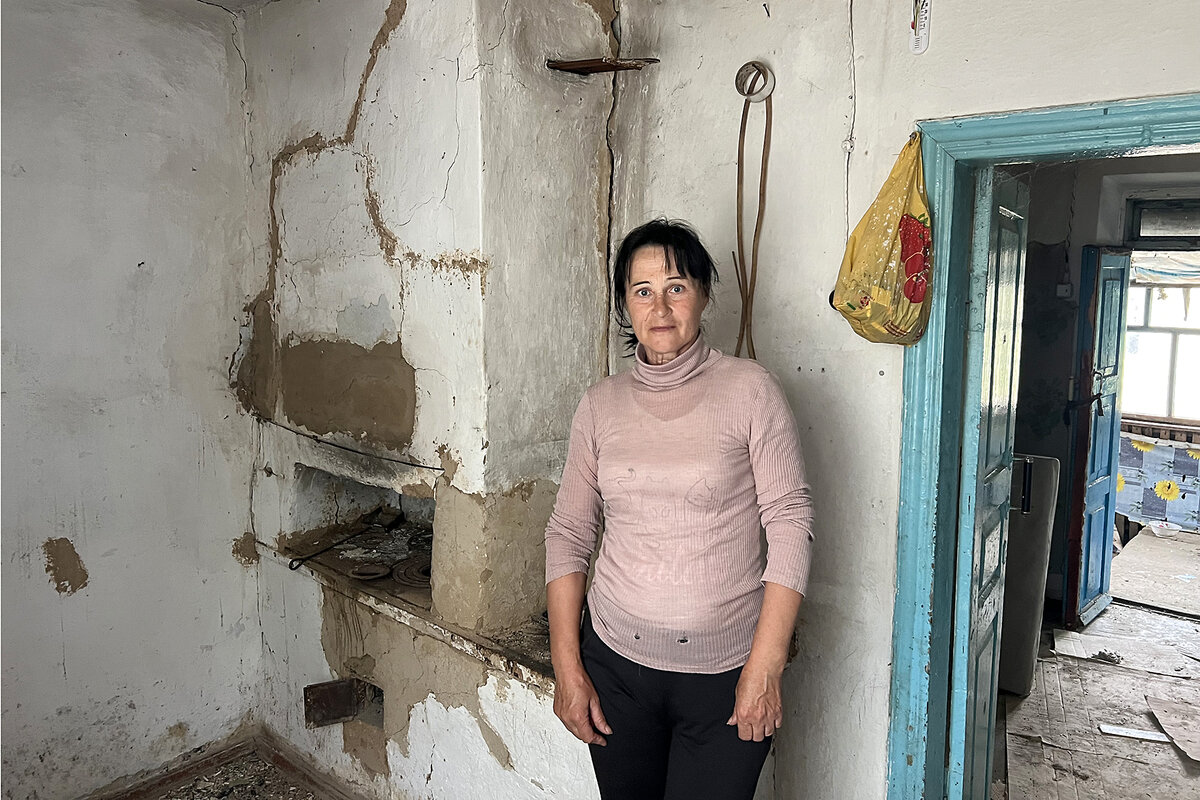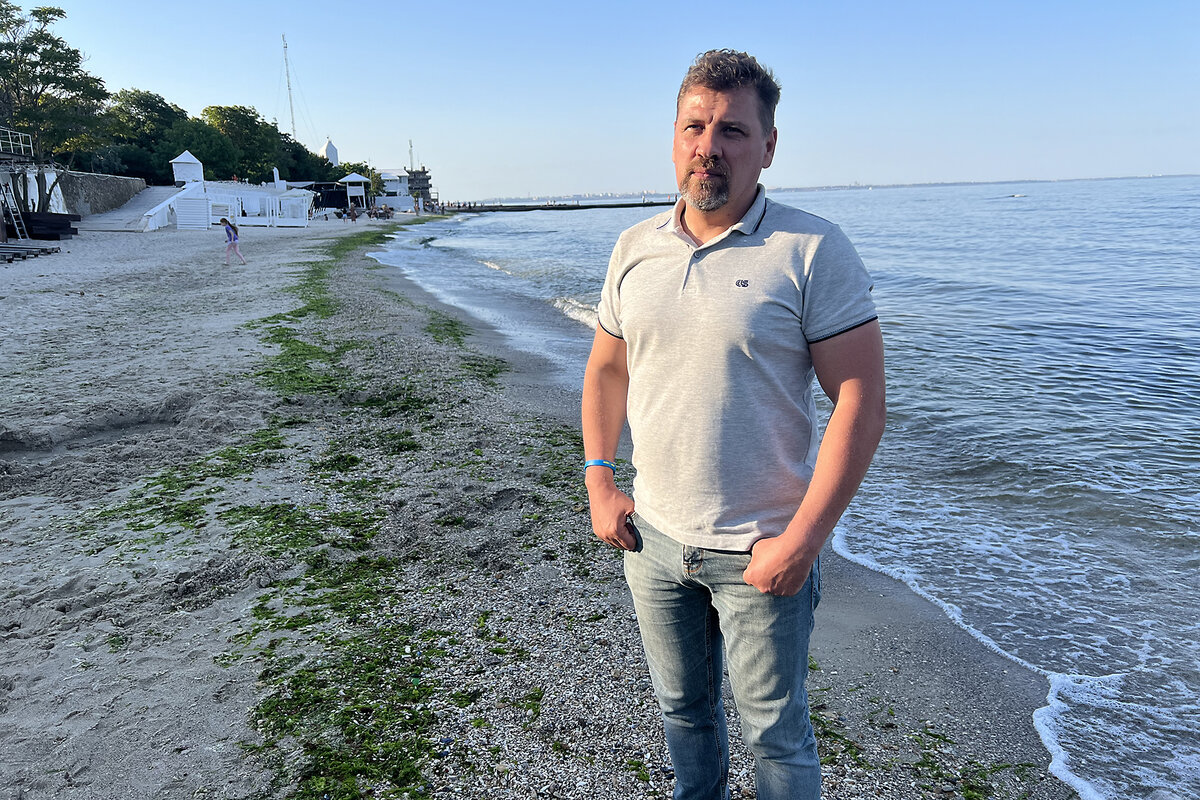Where the wildflowers grow ... in a Ukrainian war zone
Loading...
| Malokaterynivka, Ukraine
When the Kakhovka Dam on Ukraine’s Dnieper River was destroyed a year ago, apparently by Russian troops, the flash evacuation of its massive reservoir was deemed an environmental calamity of global proportions.
In particular, scientists predicted that the 832 square miles of land once submerged beneath the reservoir would become a toxic desert of dried industrial sludge, agricultural runoff, and sewage.
But as Vadym Maniuk presses deep into the thick young forest of river willows and aspens now carpeting the reservoir floor, the professor of ecological studies at Dnipro National University highlights the evidence that he says debunks the apocalyptic predictions – and attests to what he calls nature’s indomitable regenerative power.
Why We Wrote This
A story focused onThe destruction of a major Ukrainian dam a year ago was expected to spark an ecological catastrophe. It did cause economic havoc, but nature is defying predictions and reclaiming its rights.
“Look at this willow; it sprouted and grew to this size in just one year,” he says with wonderment of a tree that reaches almost twice his height. “Look down,” he adds. “This place they declared dead is alive in so many ways,” as he points to the hundreds of tiny frogs that scatter with every step he takes.
“This is what they called the ‘Great Meadow’ before the dam was built, [what] my grandmother used to tell me was her childhood playground,” Dr. Maniuk recalls as he surveys the expanse of green from a nearby hill. “Now it seems we could be getting the Great Meadow back.”
Russian forces in control of the Kakhovka site are believed to have set off the explosion that caused the dam’s demise, as part of a continuing campaign to knock out electricity generation plants, destroy Ukraine’s economy, and thin out the population. Environmentalists and economists are now debating the disaster’s lasting ecological impact.
At the same time, residents of the cities and villages downriver are still struggling to recover – especially amid a war.
Some good results
Dr. Maniuk is aware that his enthusiasm might come off as indifference to the human suffering that the dam’s collapse unleashed. Entire neighborhoods of the downriver city of Kherson were flooded, dozens of villages were inundated, miles of irrigation channels were destroyed, and sensitive ecosystems were washed away to the Black Sea.
“Of course it was a catastrophe; the social impact was huge for the people who lived along the river and the farmers who lost their irrigation systems,” he says. “But we’re also seeing some good results that were not anticipated in all the dire predictions.”
Some of the centuries-old villages along the river and its tributaries were unable to withstand the double punch of the war and the flooding. They now sit vacant – smashed and silent.
In others, new windows, fresh paint, and neat vegetable gardens attest to life.
But nowhere is that life the way it was before the war and the floods, remaining residents say.
“Only two houses on our street are occupied; the other families have left,” says Mykola Dudnichenko, as he gestures up and down the dirt road outside his house in Krasnoliubetsk, a village on the banks of a Dnieper tributary.
They left behind unexploded mines that floated into farmers’ fields and lodged there, the absence of potable water, worries about potentially toxic residues, and the lack of jobs, he adds. “You understand why so many have left.”
Mr. Dudnichenko’s wife, Valentyna, says people often ask how they can stay put, living so close to a war. The former music teacher at a nearby orphanage says she tells them the flood was much worse.
“When the shells come, you can seek proper shelter, but there is no escaping floodwaters,” she says, recalling how the nearby river reversed course and flooded from downstream as the engorged Dnieper blocked its tributaries’ normal flow.
“The water is really much scarier; there is nothing you can do,” she adds, choking up at the memory of it.
She weeps as she recalls the drowned chickens, the cows and other farm animals people let loose to fend for themselves – and the field mice that came running in droves, seeking shelter in her house.
“But then the water rose above the windows,” she says, wiping away tears. “So the house offered no protection.”
Moscow accused of ecocide
Across the Inhulets River, in the village of Zapovit, Svitlana Zyma opens the door to her house, which floodwaters left uninhabitable.
“Everything was taken over by a toxic mold,” she explains. “Then the walls crumbled, so we knew it would be a long time before anyone could live here.”
Ms. Zyma, who has moved into another house nearby, says she has watched her once vibrant community decline “in waves,” first as a result of the war, and more recently since the flood.
“I could move to Mykolaiv,” she says, referring to a nearby city, “but how would I ever pay the rent?”
As Ms. Zyma resigns herself to live with the environmental consequences of the Kakhovka Dam’s destruction, the Ukrainian authorities have seized on them as evidence of a novel crime under international law – “ecocide.”
Last February, Ukraine became the first country to formally lodge allegations of ecocide at the International Criminal Court at The Hague. Kyiv is now pursuing more than a dozen such cases, several of which stem from the Kakhovka Dam’s destruction.
Odesa environmentalist Vladislav Balinskyy says he has no doubt that the dam’s destruction resulted in ecocide. Whole ecosystems of the Dnieper River’s estuaries were destroyed, and dozens of species of fish, lizards, small amphibians, dolphins, and rare plants were lost, he says.
But he acknowledges some brighter environmental results amid the overall catastrophe.
“We have lost some unique biodiversity we will never restore, and the grave problem of toxic silt is going to be with us for a long time,” says Mr. Balinskyy, head of the Green Leaf environmental organization. But it’s true, he adds, that “some of the direst predictions did not come true.”
A storm over the Black Sea mixed cooler sea waters with warmer river runoff, he points out, nipping in the bud the toxic bloom many experts had predicted. And the dam broke just as river willows and other trees were releasing trillions of seeds, thus seeding the reservoir’s bed and restoring the Great Meadow.
With a similar mix of trepidation and hope, the Dudnichenkos planted a vegetable garden this spring, even though they worry that toxic floodwaters may have poisoned their soil.
They rail against the lack of government assistance to help them recover from the flood, but they also plan to stay put. They bicycle up the hill every day to fetch safe water from a plastic tank that regional authorities installed. They care for their chickens, ducks, and pigs, and for Refugee, the cat that showed up on their doorstep after the flood.
“The villages here are dying; it’s true,” Mr. Dudnichenko says. “But we will do what we can to keep ours alive.”











